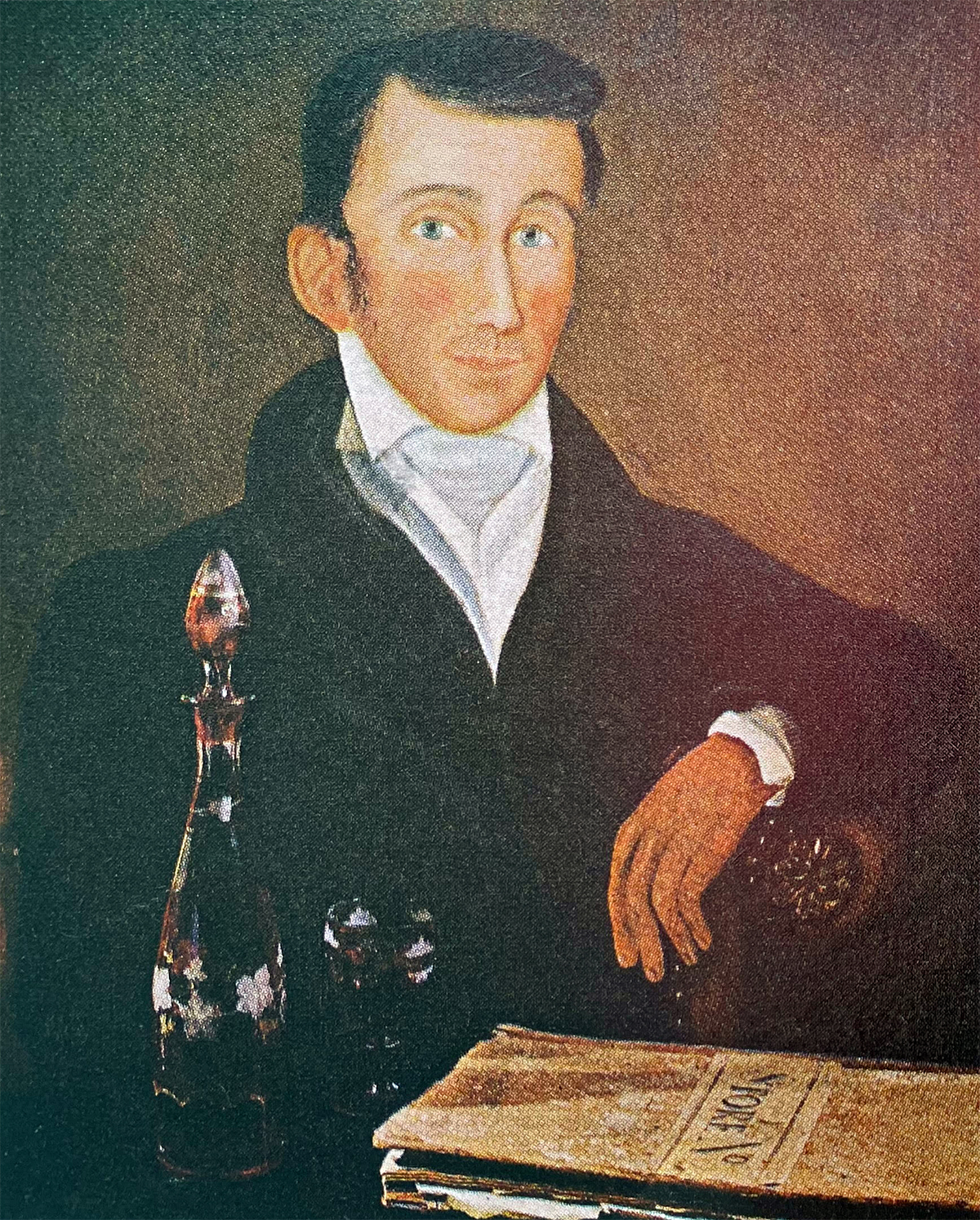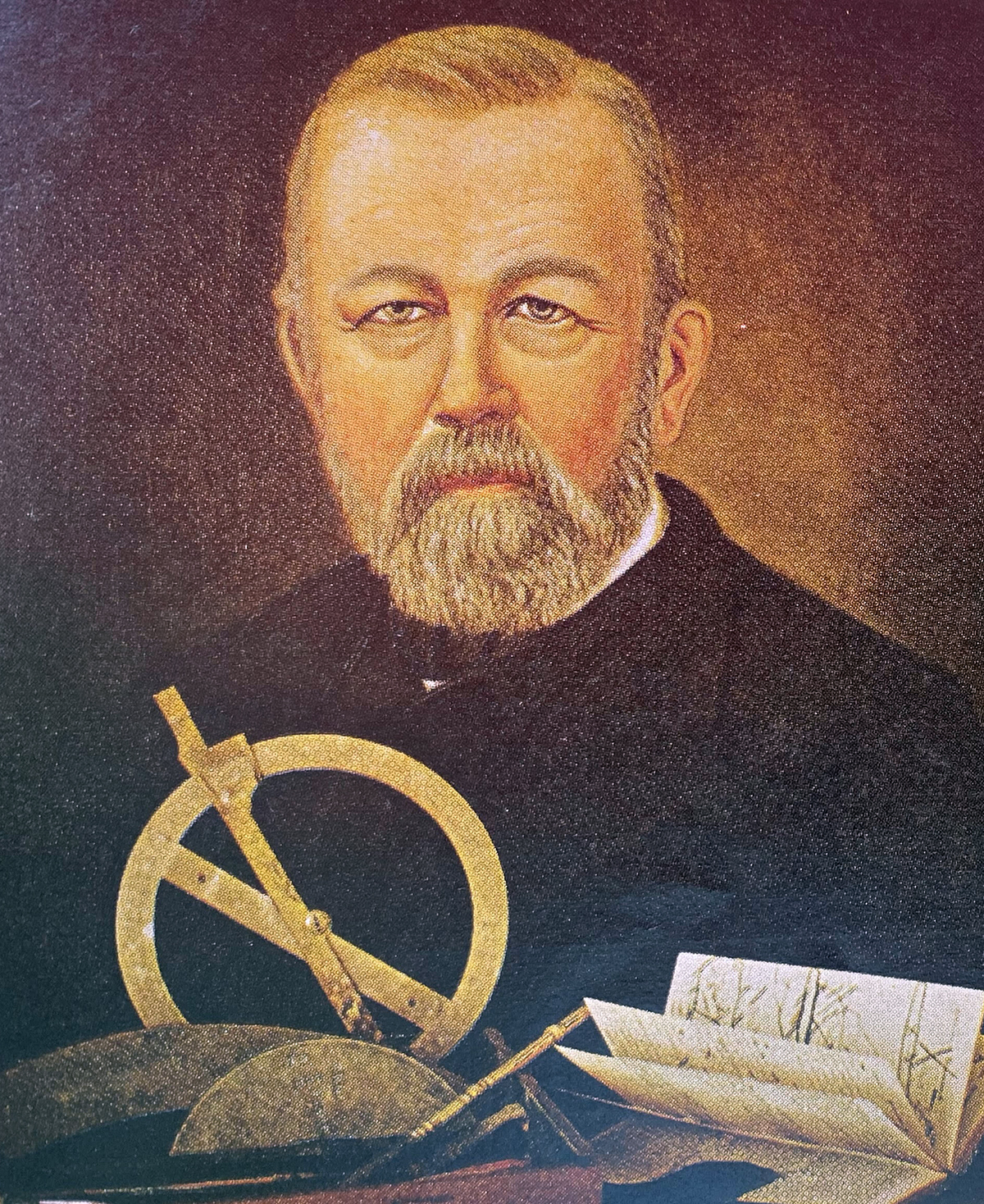Joining the 1719 Hans Herr House, another Lancaster County institution—White Chimneys—has become a member of the 300 Club. Lancaster County won’t be joining until May 10, 2029.

History of White Chimneys
In the early 1700s, people began to inhabit an area 45 miles outside of Philadelphia known as the “Gap in the Hills.” You might recognize its modern shortened name of Gap.
It was here that White Chimneys began life more than a half-century before the nation did. Although, at the time, it was known as the Francis Jones Tavern.
On the edge of the wilderness, a well-off Welsh immigrant named Francis Jones built the original stone cabin in 1720. Sixteen years later, in 1736, Jones receives a patent for White Chimneys and Belmont property of 200 acres.
Jones’ granddaughter, Faithful, grew up in the cabin and eventually married Henry Slaymaker in 1759. The union was considered beneath Faithful’s station.
Slaymaker was the son of a German immigrant, Mathias, who had anglicized his name from Schleiermacher. Four years earlier, in 1755, Mathias sent two sons, a team of horses, and a Conestoga Wagon to help fight off the French and Indians in the colonial wars. In exchange, he received a credit document for £59 signed by none other than Benjamin Franklin promising to reimburse Mathias for “wagon and team lost.”
At some point before the marriage, Jones lost the cabin due to financial difficulties. However, Slaymaker proved prosperous enough to buy back Faithful’s family farm and cabin on June 2, 1779. The estate would go on to shelter nine generations of Slaymakers until 1999 when it was sold to Mark and Barbara Johnson.
Henry was able to cultivate local politicians to be appointed a Lancaster judge. He was even sent to Philadelphia to a state constitutional convention.
While attending the state convention, Henry sent for his wife, Faithful. He had their portraits painted by one of the finest artists of the day, John Hesselius. Those two portraits, along with Henry’s books and Faithful’s silver teapot, are shown below.


Henry Slaymaker also served on the Committees of Safety and Correspondence, which were the backbone of the Revolution.
Upon their deaths, the portraits, Faithful’s precious teapot, the home, and the political connections all passed to their son, Amos. He would be the second Slaymaker to own White Chimneys. He saw action in the Revolutionary War battles of Brandywine, Germantown, and Monmouth.
Amos ran an inn, store, post office, and a tollgate right outside White Chimneys on the nation’s first turnpike, which ran from Philadelphia to Lancaster. The tavern’s distance from Lancaster made it a popular stop on the journey between the two cities.
Always the shrewd businessman (and possible jerk), Amos use to charge the neighbors at the tollhouse to pick up their mail at his post office.
Shown below is a portrait of Amos Slaymaker when he was older and a sketch of the tollgate that helped make Amos rich. The painting on the left was completed by his daughter, Hannah. Also in the painting is a silhouette of Amo’s wife, Isabella.


Having made a small fortune on his business endeavors, Amos built onto the home a Federal-style two-and-one-half-story addition to the south side of the house in 1807. After its completion, Amos’ daughter, Hannah Slaymaker, remarked to her mother how beautiful the “White Chimneys” on the house were glistening in the sunlight, coining a phrase that would become the name of the estate.
According to a recent article by the Scribbler, Amos also had three Black slaves—two women and a 12-year-old boy. All worked at both the mansion and Slaymaker’s nearby tavern, the “Sign of John Adams.” Here’s what the Scribbler wrote:
“Amos was devoted to one of the women, Diana Scott, known to the family as Black Dinah, and she to him,’” wrote Sam Slaymaker. Slaymaker claimed that his ancestor “rescued” Scott from “an unhappy and unsettled life’ in 1795 and so she and her son remained “fixtures” at White Chimneys for life. Click here to read the Scribbler’s full article.
This 1810 portrait also by Hannah Slaymaker offers a view of the “new” Federal wing. White Chimneys still had red chimneys at the time of the painting. It highlights the new wing on the right, the old house, and the barn to the left. Also shown are the fenced turnpike and the little tollhouse at the left of the center. It is unclear exactly when the chimneys were painted white.

The heavily traveled Lancaster-Philadelphia Turnpike (modern-day Route 30) passing in front of the house welcomed many historical figures. For example, in 1825, White Chimneys hosted General Marquis de Lafayette during his twenty-four-state tour retracing his stops during the Revolutionary War.
According to a 1967 article in LIFE magazine about White Chimneys, this Lafayette-headed walking stick with a carved likeness of the French general as an older man had a place of honor near the front door. Slaymaker family tradition stated that Lafayette gave it to the family when he stopped there on his triumphant tour of America.

White Chimneys has a long history of hospitality. In addition to entertaining Lafayette latter-day visitors included England’s leading authority on American history, Sir Denis Brogan, entertainer Phil Harris, sportscaster Curt Gowdy, Mrs. Barbara Eisenhower, and the Earl of Snowden.
Like the new national itself, White Chimneys dodged disaster more than once. During the panic of 1837, young Henry F. Slaymaker inherited such a financial mess that he had to sell the two family stores, inns, and stagecoach line. By the kin of his teeth, Henry F. was able to save White Chimneys.
Shown below are portraits of Henry F. Slaymaker with his account books and Bohemian glass and his wife Rebecca with her wedding dress.


In the Victorian era, the then run-down home got a major overhaul after the new squire, Samuel Cochran, married the wealthy Jane Redsecker. Jane was the niece of a member of Abraham Lincoln’s Civil War Cabinet. Sam, a civil engineer, repaired the rooms in the Federal wing, knocked out a partition to make a large dining room, and substituted a marble fireplace for the old wood one.
Shown below are portraits of Sam Slaymaker with his civil engineering tools and his wife, Jane with a vase she owned.


The industrial revolution came to White Chimneys in the form of padlocks. In 1888, Samuel Redsecker Slaymaker gave up engineering to found a lock company, Slaymaker Locks. It eventually became one of the largest producers of padlocks in the world. For a time, the company even made steam-powered automobiles.
The business prospered so well that Samuel installed heating and electricity in the house, added a five-room addition, and had an Italian garden moved to the estate.
Below are painting of S.R. Slaymaker with samples of his locks and his wife, Mina, who was active in church and charity work.


In 1923, the Slaymaker family members added the final addition to the manor house’s west side and incorporated a ballroom.
During the 1960s and 1980s, parts of the house were opened as a museum and roadside attraction.
White Chimneys was listed on the National Register of Historic Places as a “fine example of a Southeast Pennsylvania building type” of the 18th, 19th and 20th centuries in 1975.
In 1999, the Slaymakers sold White Chimneys to Mark and Barbara Johnson, with their intent of owning an antique shop. However, to protect the property for perpetuity, they gave an easement to the Historic Preservation Trust of Lancaster County. White Chimneys is the oldest property protected by an easement held by the Trust.
Then in 2006, the Meyer family (and current owners) purchased the White Chimneys property. Today the property is is a popular venue for weddings and other events.

It should come as no surprise that an estate as old as White Chimneys would also have a history of ghost stories, with residents reporting unexplained smells, sounds, and apparitions.
Living History Celebration
Join White Chimneys on July 22, 2023, for their Living History Celebration. Admission is free!
Living-History-Weekend-Poster-2023-reducedAdventure Awaits!
Never miss a new post or article by signing up for email updates below and following Uncharted Lancaster on Facebook or Instagram.
-
 1864 Map of Salisburg Township, Lancaster County, PA$24.99 – $25.99
1864 Map of Salisburg Township, Lancaster County, PA$24.99 – $25.99
Resources
- History Trails of Lancaster, 1976
- White Chimneys (wikipedia)
- White Chimneys (website)
- White Chimneys, the Trust’s Oldest Easement, is Celebrating 300 Years of American History
- From frontier inn to wedding venue, White Chimneys Estate celebrates 300th anniversary July 3
- Samuel Redsecker Slaymaker, Founder of Slaymaker Locks
I randomly came across this article and enjoyed reading it. I am tickled to know that Amos Slaymaker was probably a (massive) jerk. I never learned that in the family lore. My grandfather grew up in White Chimneys.